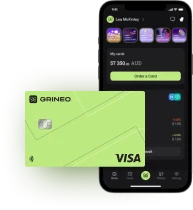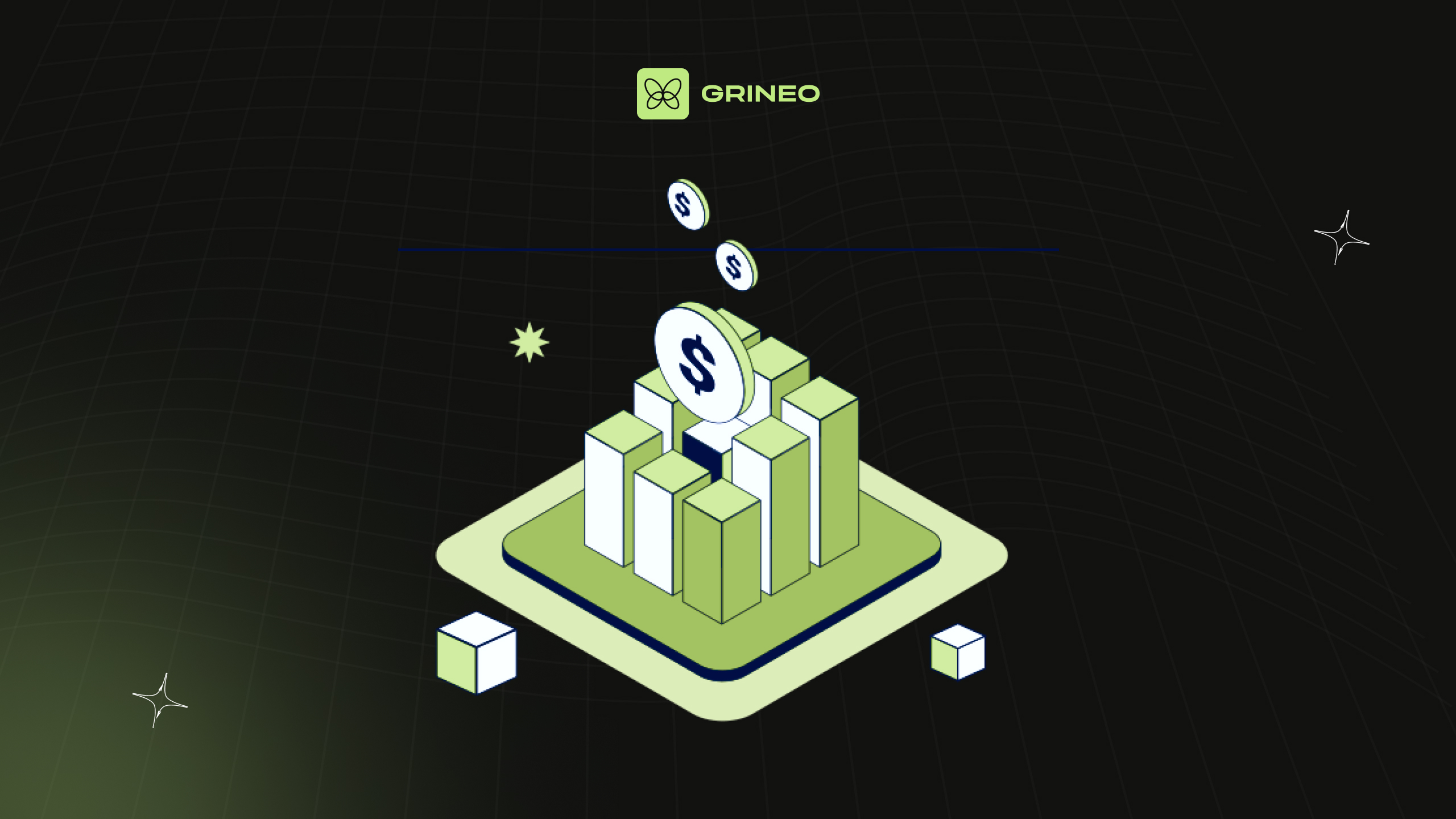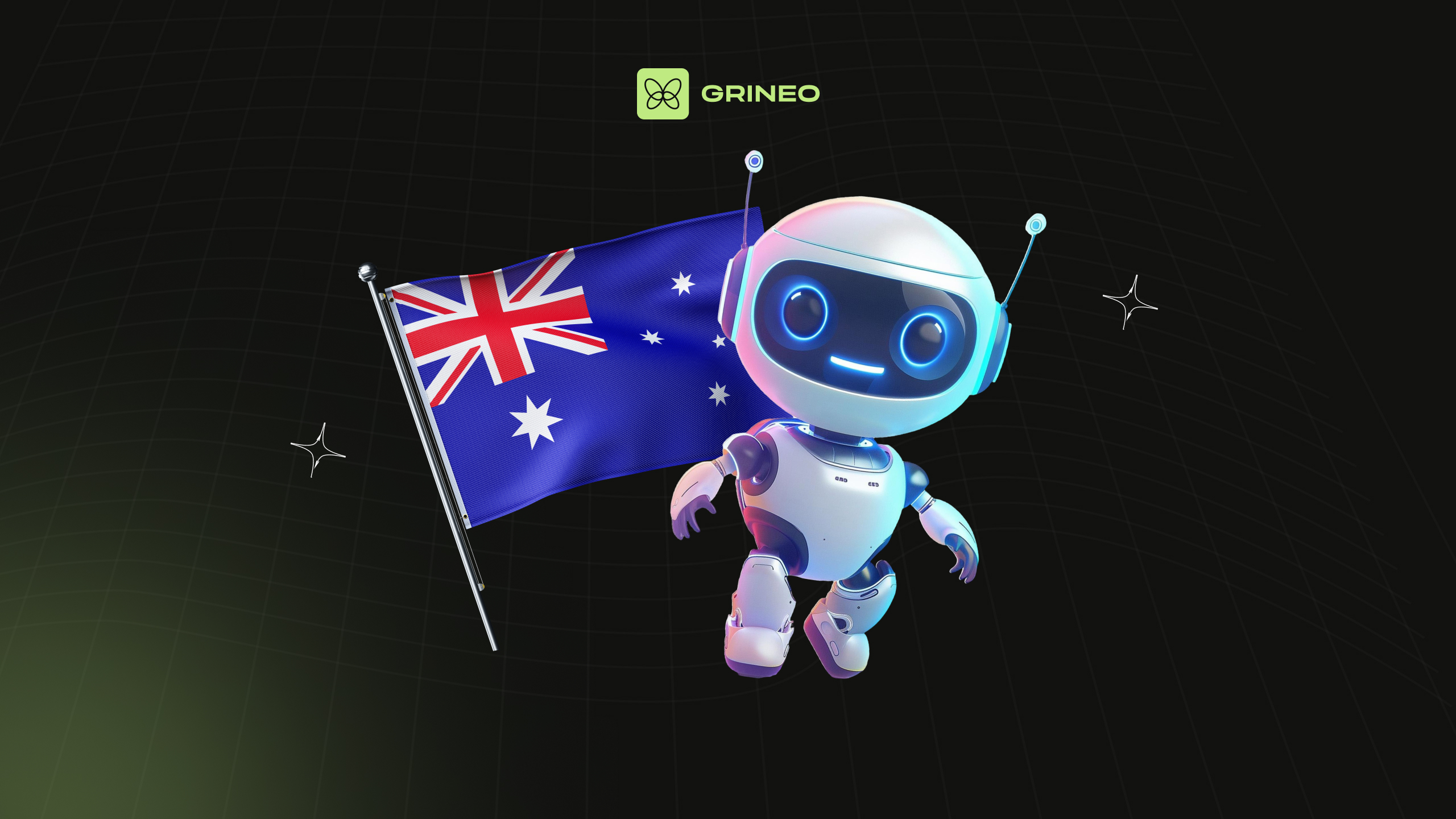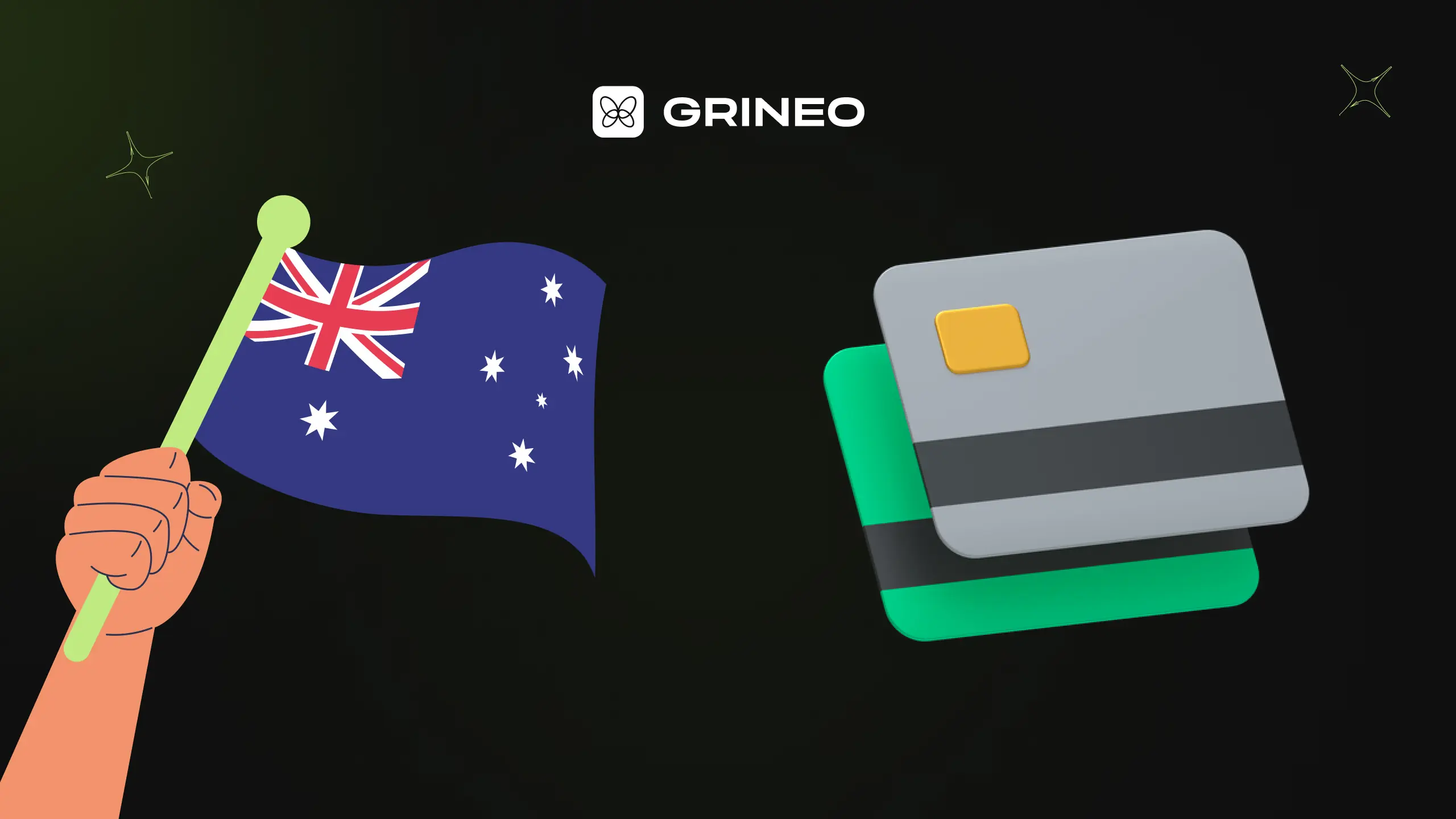What are NFTs? Non-Fungible Tokens in 2024 Explained
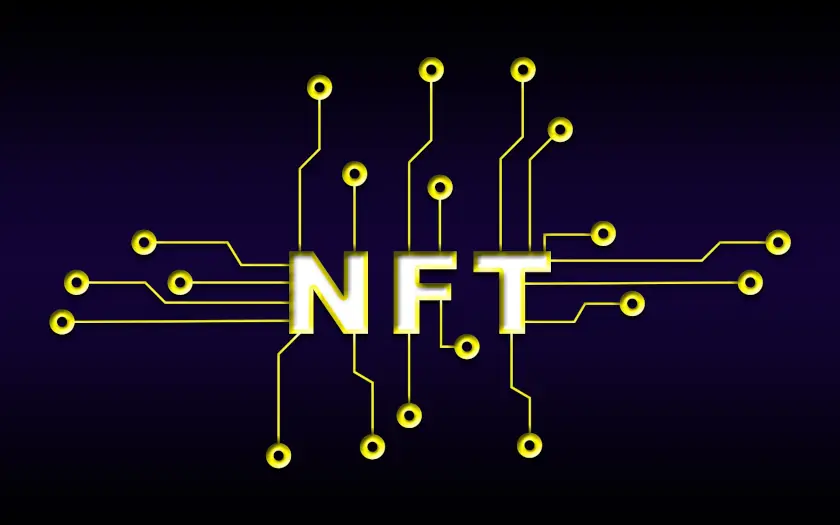
The crypto market has come a long way since the launch of Bitcoin in 2009. What started as a concept of digital cash has evolved into a complex, multi-faceted industry that offers new types of financial services and assets and reimagines concepts like ownership and trust in the modern world.
One of the most highly-publicized, and yet, poorly understood aspects of the crypto space is undoubtedly non-fungible tokens, also known as NFTs.
Explain Like I’m 5: What Are NFTs?
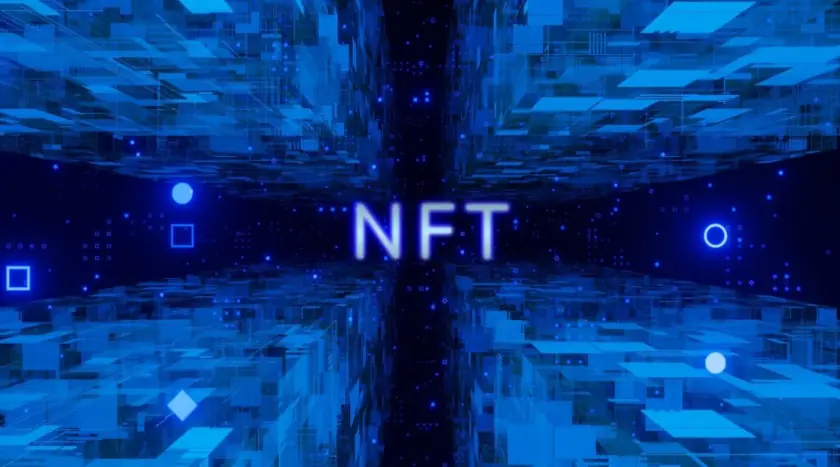
An NFT can be thought of as a digital receipt for an action, typically a transaction, taking place. This receipt is stored on a blockchain network that is immutable, meaning the information is essentially impossible to delete or tamper with, creating a world of possibilities.
Whereas fungible assets, like Bitcoin or dollars, can be swapped around interchangeably, non-fungible assets cannot. Each NFT is unique.
Use Cases for NFTs
The most common use case for NFTs is in art. A common misconception, in fact, is that NFTs are images stored on blockchain networks. The truth is that art NFTs are unique identifying numbers that can be used to represent a piece of art. This allows artists to sell tokens that represent paintings, videos, pieces of music, and more, allowing the sale of digital art in a way that was not possible before NFTs.
NFT trading reached a market value of $17 billion USD in 2021, with the vast majority of this sum being attributed to art NFTs. The first ever sale of digital art in a major auction house was Beeple’s Everydays: The First 5000 Days collection which sold in Christie’s auction house for $69 million USD.
Christie's is proud to offer "Everydays – The First 5000 Days" by @beeple as the first purely digital work of art ever offered by a major auction house. Bidding will be open from Feb 25-Mar 11.
— Christie's (@ChristiesInc) February 16, 2021
Learn more here https://t.co/srx95HCE0o | NFT issued in partnership w/ @makersplaceco pic.twitter.com/zymq2DSjy7
NFTs have a major use case in gaming, where digital assets are already regularly sold in the form of in-game weapons and character models called skins. The gaming skins market is over $50 billion USD, and it’s possible that NFTs will disrupt that market by offering players a way to own their assets in a way that is not controlled by the video game company.
In fact, the Ethereum network was inspired by a gaming company reducing the damage dealt by a sword in the World of Warcraft game, prompting Ethereum co-founder to imagine a world where gamers owned assets that could not be altered by gaming studios after the fact. It’s possible that in-game assets stored as NFTs could be interoperable between games in the future.
Really, NFTs can be used to represent anything. To date, NFTs have been sold representing sneakers, real estate, art, music, events tickets, and more. NFTs are a way to verify ownership of an asset and to publish proof of a transaction online.
Where Can I Buy NFTs?
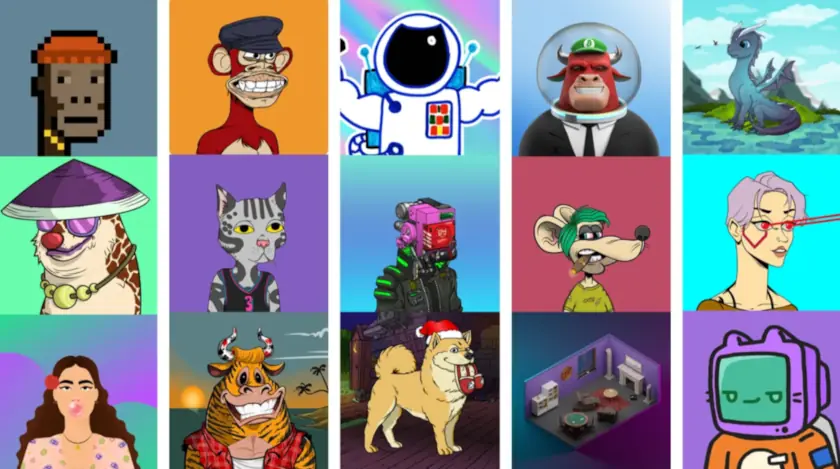
To purchase NFTs, you can explore various online platforms that facilitate the buying and selling of these digital assets. OpenSea, one of the largest NFT marketplaces, offers a diverse range of digital collectibles and artworks. Rarible, a decentralized platform, empowers users to create, sell, and buy NFTs with relative ease.
SuperRare is renowned for its focus on digital art NFTs, emphasizing exclusivity and limited editions. Nifty Gateway stands out for collaborations with well-known artists and celebrities, showcasing exclusive NFT releases. Foundation, while invitation-only, curates high-quality NFTs from a select community of creators.
Mintable provides a user-friendly environment for creating, buying, and selling NFTs. For those interested in blockchain-based games, CryptoKitties offers a unique experience centered around virtual cat ownership. It’s crucial to conduct thorough research on each platform, considering factors such as user reviews, security features, and terms of service.
Additionally, be mindful of the blockchain network each platform operates on, such as Ethereum, Binance Smart Chain, or others, to align with your preferences. Always exercise caution and ensure the legitimacy of a platform before engaging in any NFT transactions.
Criticisms of NFTs
The NFT market has been controversial from the beginning, with wild speculative trading and a boom-bust price cycle leading to media criticism that the market was immature. A persistent issue with art NFTs in particular has also been the lack of enforcement of copyright protection, leading to many people minting NFTs featuring images that they had not created, thus profiting from art that did not belong to them and passing none of the profits to the artist.
The environmental impact of NFTs has also been of major concern. Most NFTs are minted on the Ethereum network, which until 2022 used proof of work consensus, an extremely energy-hungry method of running the network and validating transactions.
It was estimated that the carbon footprint of minting a new NFT on the Ethereum network was equivalent to driving over five miles in a gasoline-fuelled car, with the footprint perhaps growing significantly as a single NFT continues to be traded over time. This is no longer an issue as of 2022 because Ethereum emissions have been reduced by about 99.9% thanks to a move to proof of stake consensus.
Are NFTs Dead in 2024?
The NFT market has dipped significantly in recent years, but it is far from dead. While the NFT market has largely consisted of art sales to date, the use case in gaming is only beginning to be explored, and it seems entirely possible that there will be a resurgence in NFTs as more and more use cases are explored over time in 2024 and the years to follow.



